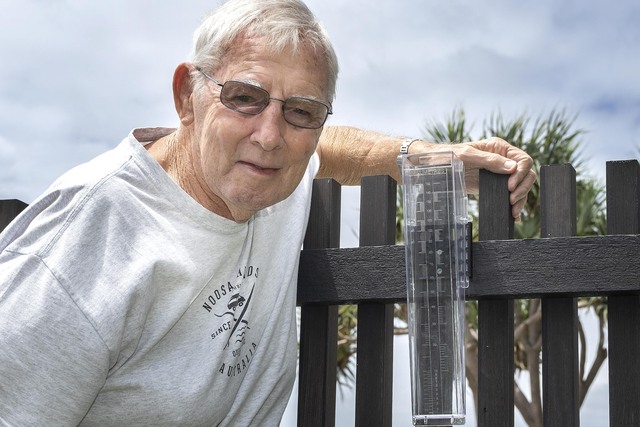If someone asked you to describe our rainfall for the past two seasons (autumn and winter) I’m sure the term “dry” would be front and centre. Well, that would be half right and half wrong as the rain is in the details.
Let’s have a look at some of these details. Autumn continued on where summer left off, you’ll no doubt recall last summer as the summer we didn’t have, with both March and April recording more that double our average rain fall. At least May gave us some respite from the rain, it only recorded 78 per cent of our May average.
What was really affected was the number of wet days, you may find this hard to believe but back in March we had a staggering 26 wet days. To put 26 wet days into perspective, we enjoyed, and I mean enjoyed, one day a week when it didn’t rain. On top of the high number of wet days we finished the quarter almost double our average rainfall with it being just short of a metre at 953mm.
In fact, we finished autumn having 58 wet days which equates to two wet days out of three. Between the wet days and the amount of rain we had I’m surprised we didn’t finish up with web feet.
Even though May was below the average rainfall we still had drizzle on 17 days out of the 31 days. Then in winter it all changed.
And how it changed, in June the sun shone, and we enjoyed getting 25mm of rain for the month and we only had rain on 6 days, how good was that? And June set the pattern for the next two months.
In July and August, we had 80mm and 95mm of rain respectively, however, the big change was the number of wet days. For the three months of winter, we have had only 23 wet days, or, if you like it better, one wet day in four. Good eh?
Final figures for winter, we received 199mm of rain which represents 84 per cent of our average. The big difference is, we went from one dry day out of three to one wet day out of four. And the last wet day we had was August 14.
Regarding the long-term forecast, we are currently in the alert stage for La Nina, which means a La Nina is possible and is as low as risk you can have. You will recall that La Nina means above-average rainfall. Suggest you keep your umbrellas handy just in case.







